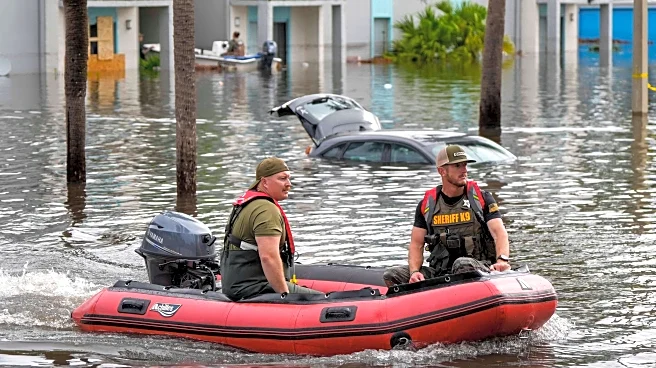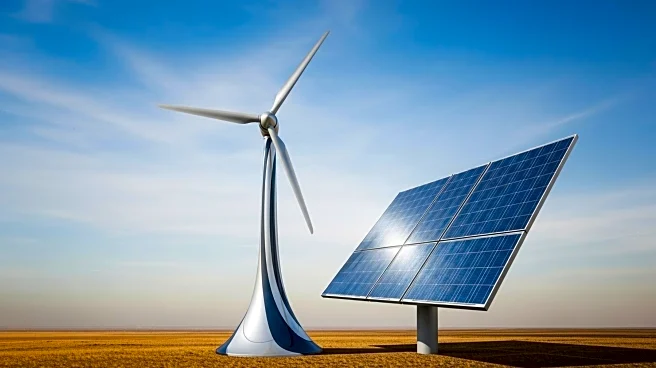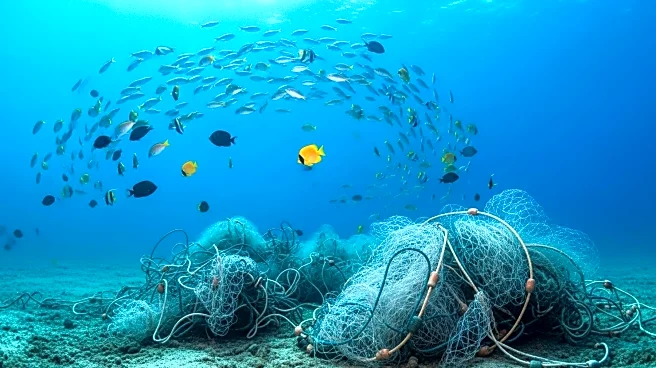What's Happening?
Australia is moving towards Asia at a rate of 7 centimeters per year, a pace comparable to the growth of human fingernails. This movement is part of a larger tectonic cycle that could eventually lead to the formation of a new supercontinent. The drift has already necessitated updates to Australia's GPS systems, as the continent's coordinates were found to be off by nearly two meters in 2016. This slow-motion collision is causing subtle changes in seismic activity along the plate boundaries, particularly affecting regions like Indonesia and Papua New Guinea. The movement is part of Earth's ongoing tectonic cycle, which has historically led to the formation and breakup of supercontinents like Pangaea and Rodinia.
Why It's Important?
The northward drift of Australia has significant implications for both the environment and technology. Ecologically, the collision could lead to the merging of ecosystems, potentially threatening Australia's unique wildlife, which has evolved in isolation. Species such as kangaroos and koalas may face competition from Asian mammals, leading to possible extinctions. Technologically, the drift impacts geospatial data accuracy, crucial for autonomous vehicles, precision farming, and disaster response systems. Regular updates to coordinate systems are necessary to prevent safety and economic risks associated with misaligned satellite data.
What's Next?
As Australia continues its drift, scientists predict the eventual formation of a supercontinent called 'Amasia' in the next 300 to 500 million years. This geological reshuffle will likely close the Pacific Ocean, bringing continents together and altering global climate and ocean circulation patterns. In the short term, Australia will need ongoing adjustments to its geospatial positioning systems to maintain accuracy in various technological applications. The ecological impact will require monitoring and potentially intervention to protect vulnerable species from habitat disruption and competition.
Beyond the Headlines
The movement of continents is a reminder of Earth's dynamic nature, with implications for climate change and biodiversity. The formation of new supercontinents has historically been accompanied by massive climate shifts and species turnover, highlighting the interconnectedness of geological and ecological processes. The drift also underscores the importance of integrating geological data into technological systems to ensure accuracy and safety in a rapidly changing world.











